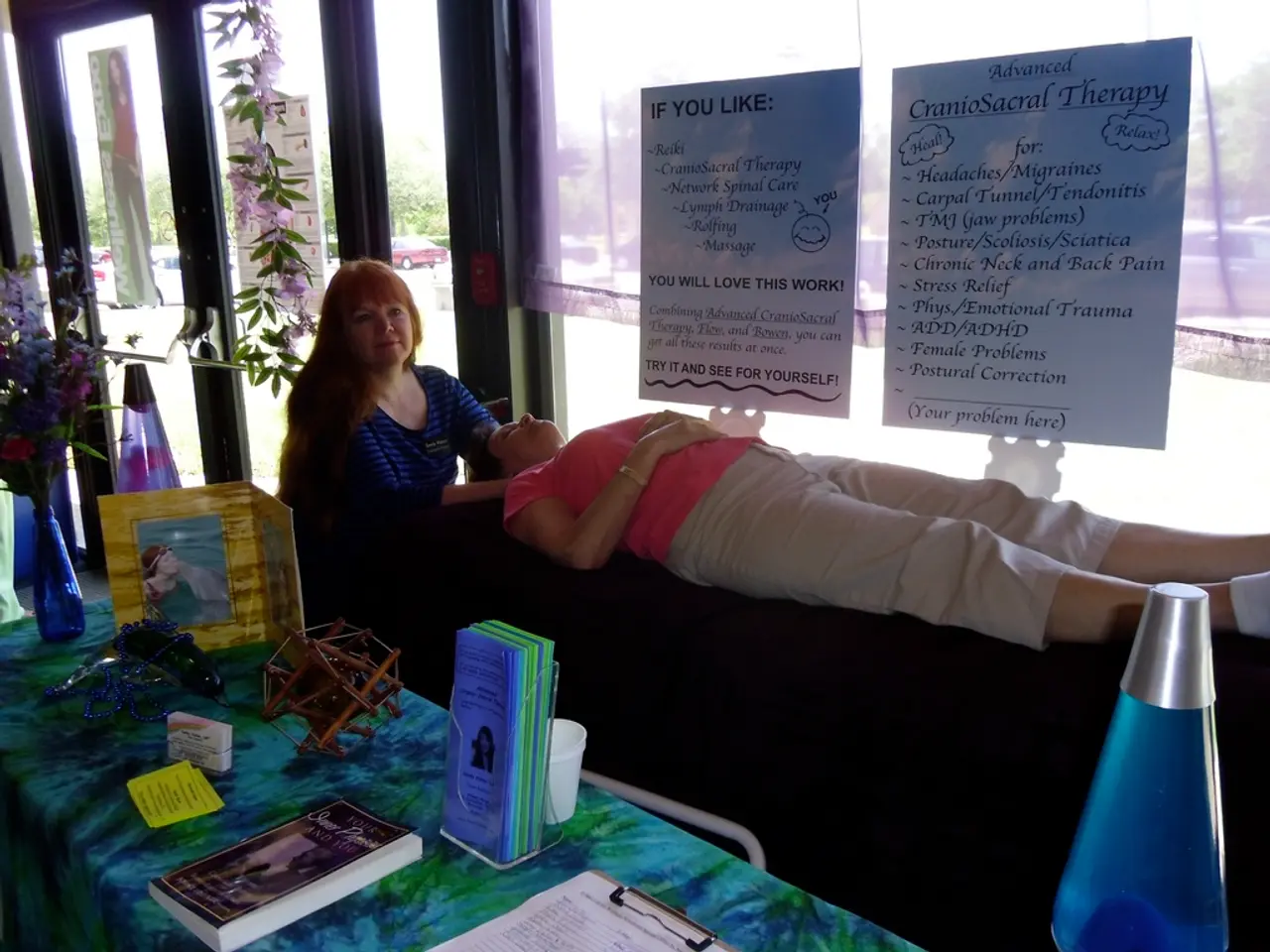Guidance for Caring for Stroke Patients Through Fitness Training
Strokes, a leading cause of disability worldwide, can have a wide range of effects on individuals, from mild to severe. The specific impact depends on the location and severity of the stroke in the brain.
The Role of Personal Trainers
Personal trainers play a crucial role in aiding stroke recovery. They design and guide individualized exercise programs to help stroke survivors improve their mobility, strength, and coordination.
Benefits of Exercise for Stroke Patients
Exercise is more than just physical rehabilitation for stroke patients. It serves as a form of neuroplasticity, enhancing the brain's ability to learn new skills and retain information. This is particularly beneficial for stroke patients, as it aids in compensating for lost functions.
Tailored Exercise Programs
Exercise programs for stroke patients are tailored to their current level of physical fitness and may need to be amended as progress is made. Repetition is a key aspect of these programs, focusing on training damaged muscles and nerves to communicate effectively.
Mental Health Benefits
In addition to physical benefits, exercise can have significant mental health advantages for stroke patients. PT exercises can help reduce the risk of depression, improve a sense of worth, and relieve general feelings of stress.
Nutrition and Medication Considerations
Nutrition knowledge is essential for stroke patients. A meal plan should heavily feature heart-healthy foods, such as leafy greens, whole grain alternatives, fatty fish, and almonds and seeds. It's also important for personal trainers to familiarize themselves with the medications commonly taken by stroke patients, such as anticoagulants, statins, and blood pressure medications.
Monitoring Vital Signs
When working with stroke patients, personal trainers should track vital signs such as body temperature, pulse rate, respiration rate, blood pressure, and glucose levels. This helps prevent the risk of another stroke.
Communication Tips
Communication with stroke patients should be simple, direct, and patient. Questions should be kept simple, instructions should be direct, and all distractions should be eliminated. In some severe cases, a dysphagia diet may be necessary for stroke patients who are in severe pain or physically incapable of chewing.
Types of Strokes
The two common types of strokes are ischemic and hemorrhagic strokes. Ischemic strokes, which account for about 80% of cases, occur due to a blockage in a blood vessel supplying the brain. Hemorrhagic strokes are caused by a ruptured blood vessel leading to bleeding in or around the brain.
The Importance of Goal Setting
Stroke PTs should set achievable goals for their clients to ensure progress and maintain motivation. These goals should be SMART (Specific, Measurable, Achievable, Relevant, Time-bound).
The Brain's Ability to Heal
Medical experts believe that the brain can essentially heal itself through a process called neuroplasticity. This refers to thoughts, exercises, and neural-pathway rerouting. This is a testament to the potential for recovery and the role of personal trainers in facilitating this process.
In conclusion, while medical and therapy interventions focus on acute treatment and specialized rehabilitation, a personal trainer provides ongoing support in maintaining and advancing physical recovery through exercise tailored to the stroke survivor’s abilities and progress. This approach helps maximize functional recovery and promotes long-term brain and body health after stroke.
- Personal trainers assist in stroke recovery by designing and leading personalized exercise programs for stroke survivors.
- Exercise programs for stroke patients are tailored to their current fitness level, with focus on repetition to enhance muscle and nerve communication.
- Exercise for stroke patients is not just physical rehabilitation, but also serves as a form of neuroplasticity, aiding brain learning and information retention.
- These benefits aid stroke patients in compensating for lost functions and improving overall health.
- Mental health benefits of exercise for stroke patients include reducing the risk of depression, improving self-worth, and relieving stress.
- Nutrition knowledge is crucial for stroke patients, as a heart-healthy diet featuring leafy greens, whole grains, fatty fish, almonds, and seeds can aid recovery.
- Personal trainers should be aware of common medications taken by stroke patients, including anticoagulants, statins, and blood pressure medications.
- When working with stroke patients, personal trainers should monitor vital signs, communicate effectively using simple and direct language, and use appropriate strategies like a dysphagia diet when needed.




